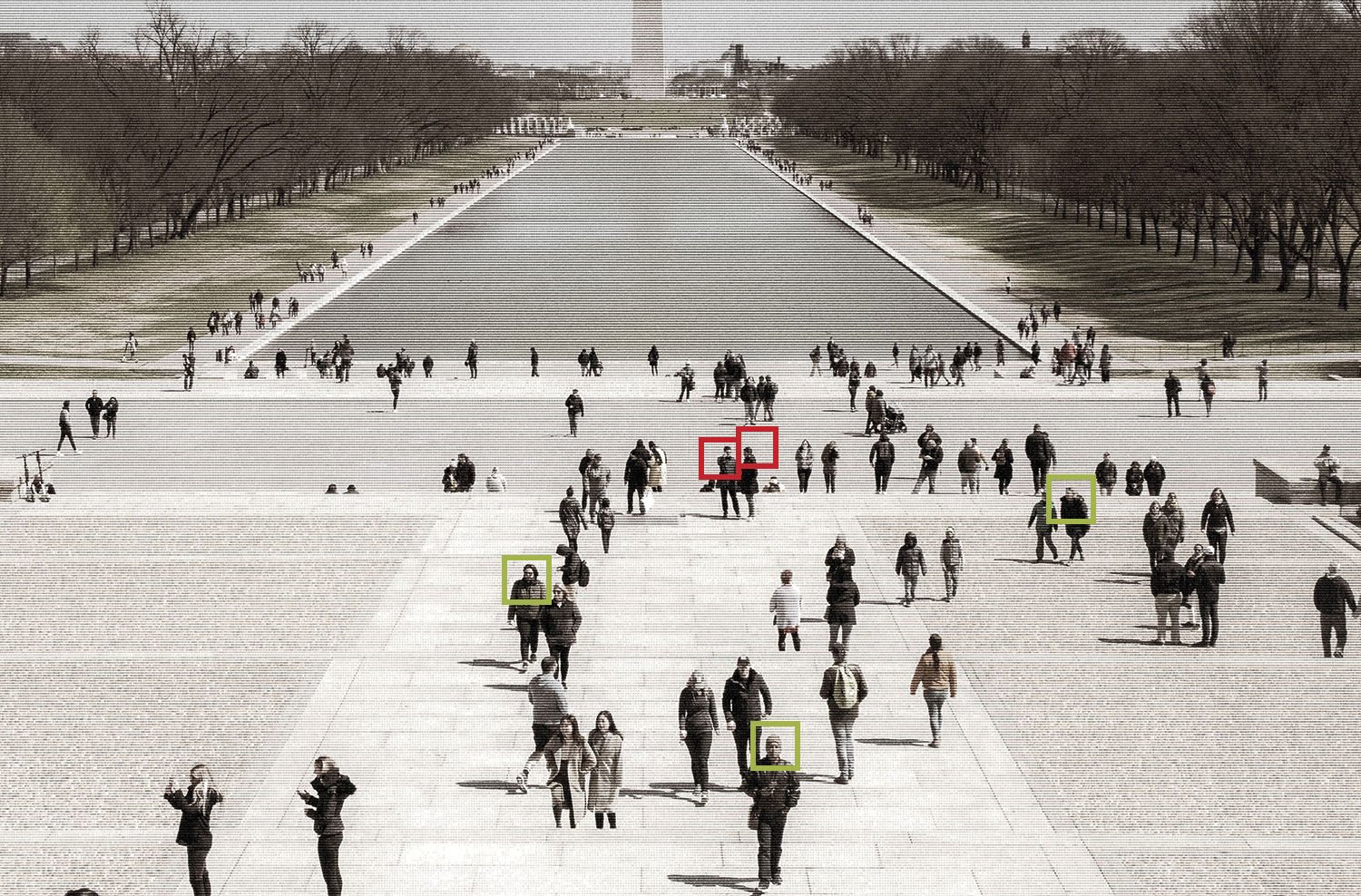Let’s play a game. Let’s pretend that Ryan C. Fogle, the US diplomat whom the Russian government accuses of working for the CIA, actually is a CIA officer trying to recruit Russian spies. There are reasons to believe the story is not that simple. (Here’s a good list of them.) But for the moment, imagine he was in Moscow on a secret mission to recruit a Russian government official.
How to explain, then, the bizarre assortment of paraphernalia he had on his person? His costume kit looks like what you’d wear to a Halloween party if you were dressing up as a spy. And there are items here that, at first glance, seem useless to a 21st-century master of espionage. What on earth could Fogle be doing with, among other things, two wigs, an old cell phone, a map, a compass, and a canister of pepper spray?
Actually, quite a lot. Let’s take the items one at a time.
A) A pair of wigs
If Fogle were on his way to meet a recruit, he might presume he was being followed. So obviously he’d want to disguise his normal appearance. But to throw off his minders, he might change wigs in mid-course. “Disguises can be used at different times, going into the operational act or leaving it, so that you look different leaving it,” said Peter Earnest, the executive director of the International Spy Museum and a former CIA officer. He adds, “The use of disguises didn’t go out with the end of the Cold War.”
B) A printed map of Moscow
In the age of GPS-enabled smartphones, why would a CIA officer need to carry a map? Maybe because he doesn’t want to be tracked on that GPS-enabled smartphone. Presuming Fogle was trying to evade electronic surveillance (and there are other indications that he was), and that he doesn’t know every avenue and alley of Moscow by heart, he might need an old-fashioned assist from a street map. This might also explain the equally unexpected presence of C) a compass.
Another, arguably less likely reason for carrying these directional paraphernalia: to give them to his recruit, so he could get out of town without using a smartphone.
D) An old model cell phone, apparently a Nokia
Like the map and compass, the old-school phone seems anachronistic. But if Fogle’s intention was to limit his exposure to electronic surveillance and geo-location tracking and still have a reliable means of communicating with people, he might look for an older phone that doesn’t automatically ping its location. He might also have brought the phone to give to his recruit as a way of communicating with him in the future.
E) Blue “RFID Shield” pouch
Fogle had a plastic document sleeve bearing the logo of this company, which designs protective barriers for passports and other documents embedded with radio-frequency identification chips. The company claims that when a passport is surrounded by its shield, “the identity and biometric data stored on the RFID chip . . . will be kept safe from snooping.”
But the company doesn’t appear to have any clear blue plastic models, which is what Fogle was carrying. And whatever is inside the pouch appears to be wrapped in tinfoil. That’s a pretty standard DIY RFID shield. All in all, this item looks puzzling, but it might also show that Fogle was taking yet another counter-surveillance measure.
F) Canister of pepper spray
It’s a bit hard to tell from the photo, but this looks like a canister of pepper spray, a standard non-lethal tool for self-defense. If Fogle got into a tight spot with some Russian security forces and needed to disable them, he’d prefer to do so without committing murder. Yes, he’s carrying G) a knife, but that strikes me as a tool of last resort. Also, the knife isn’t very big. Nor is Fogle, for that matter. It’d be easier for him to temporarily blind an adversary and then run away than to attack him with a knife.
The other items in Fogle’s kit seem pretty obvious. Money to pay the contact. Flashlight—it was dark outside. The Swiss Army knife looks attached to a keychain, maybe along with a fob.
We should remain skeptical about this whole operation, since the US has offered no explanation, and because the apprehension of Fogle looks staged and designed for public consumption.
“This has the earmarks of being a setup,” said a former intelligence official, who was quick to add, “That’s not to say the guy didn’t have that stuff on him and wasn’t trying to recruit somebody.” The spying business is still going strong well after the end of the Cold War. “No one should be shocked that there still is gambling going on in this casino,” the former official said. “Russians in lots of other countries still go out of our way to spy on us, and we return the favor.”










